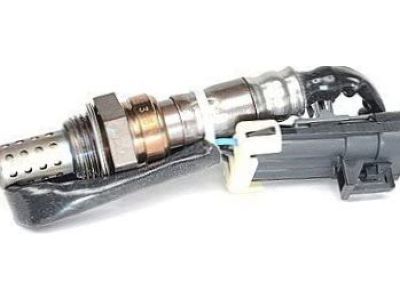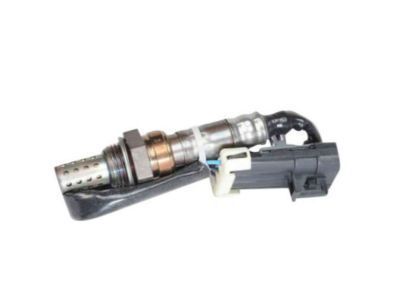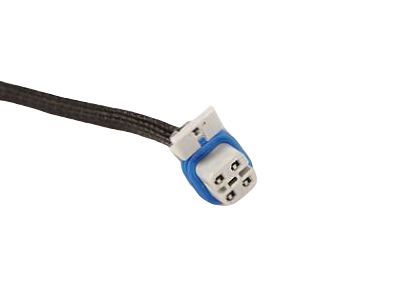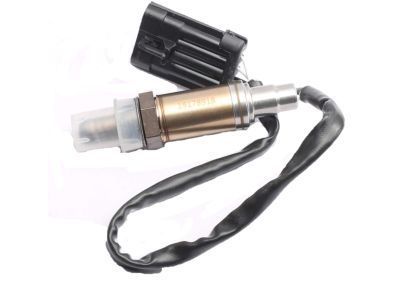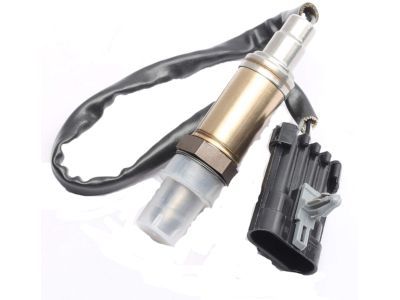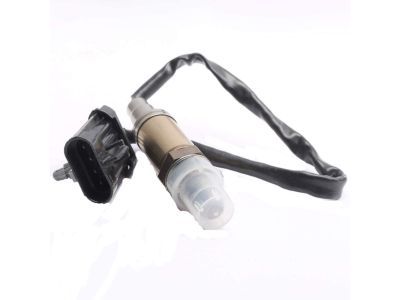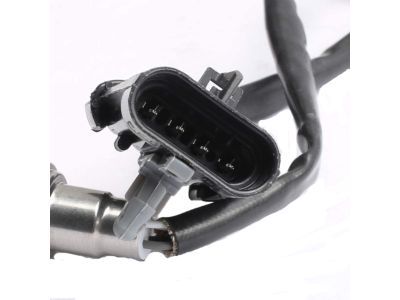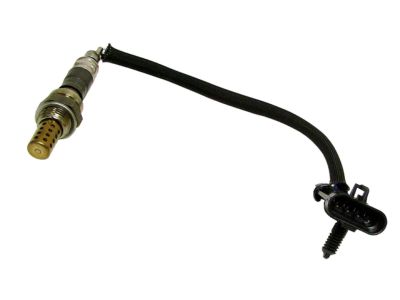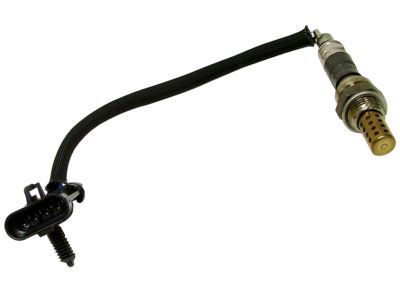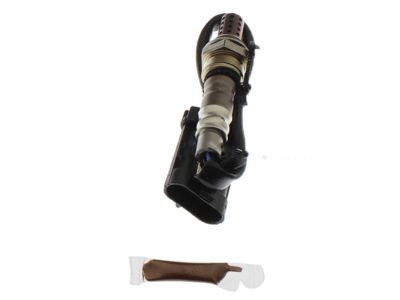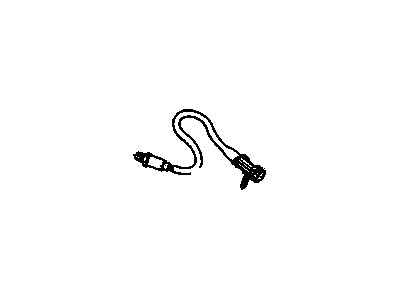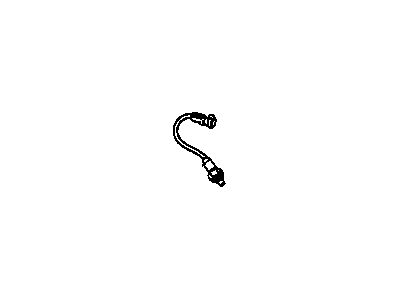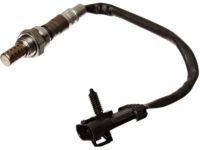
My Garage
My Account
Cart
Genuine Chevrolet Astro Oxygen Sensor
Oxygen O2 Sensor- Select Vehicle by Model
- Select Vehicle by VIN
Select Vehicle by Model
orMake
Model
Year
Select Vehicle by VIN
For the most accurate results, select vehicle by your VIN (Vehicle Identification Number).
9 Oxygen Sensors found
Chevrolet Astro Sensor Asm,Heated Oxygen
Part Number: 19178938$63.28 MSRP: $129.10You Save: $65.82 (51%)Ships in 1-2 Business DaysChevrolet Astro Sensor Assembly, Heated Oxygen
Part Number: 12561777$78.98 MSRP: $143.61You Save: $64.63 (45%)Ships in 1-2 Business DaysChevrolet Astro Sensor Asm,Heated Oxygen
Part Number: 19178918$70.08 MSRP: $142.96You Save: $72.88 (51%)Ships in 1-2 Business DaysChevrolet Astro Sensor Assembly, Heated Oxygen
Part Number: 12558143$35.86 MSRP: $112.36You Save: $76.50 (69%)Ships in 1-2 Business DaysChevrolet Astro Sensor Asm,Heated Oxygen<Do Not Use, Contact Tech Specialist
Part Number: 19355310$86.39 MSRP: $163.00You Save: $76.61 (47%)Ships in 1-2 Business DaysChevrolet Astro Sensor Assembly, Heated Oxygen
Part Number: 12561776$67.45 MSRP: $126.41You Save: $58.96 (47%)Ships in 1-2 Business DaysChevrolet Astro Sensor Assembly, Heated Oxygen (Position 2)
Part Number: 12589550$61.80 MSRP: $112.36You Save: $50.56 (45%)Ships in 1-2 Business DaysChevrolet Astro Sensor,Exhaust Oxygen
Part Number: 19211437$18.91 MSRP: $33.92You Save: $15.01 (45%)Chevrolet Astro Sensor Assembly, Heated Oxygen (Position 2)
Part Number: 12589549$69.15 MSRP: $124.05You Save: $54.90 (45%)
Chevrolet Astro Oxygen Sensor
The Oxygen Sensor in automobiles particularly Chevrolet Astro is essentially used to check the residual unburned oxygen in the exhaust gas that is very useful to determine the mixture of air and fuel as well as generic emissions. It produces a voltage signal proportional to the concentration of oxygen, therefore the engine control computer is in a position to change the pulse width of the fuel injector. This back feedback system makes the engine to run in a "closed loop" improving the efficiency of the catalytic converter. Chevrolet Astro cars might have zirconium dioxide oxygen sensors, both narrow-band and wideband sensors are possible. Narrow-band sensors deliver repeatedly shifting rich/lean signals, while wide-band sensors supply a wider air-fuel mixture range signals. These sensors can, however, reduce in their effectiveness over time because of contaminant which causes excess emissions and less fuel economy. A Chevrolet Astro's Oxygen Sensor should be checked and serviced as often as possible for the vehicle to operate optimally.
Each OEM Chevrolet Astro Oxygen Sensor we offer is competitively priced and comes with the assurance of the manufacturer's warranty for the part. Furthermore, we guarantee the speedy delivery of your orders right to your doorstep. Our hassle-free return policy is also in place for your peace of mind.
Chevrolet Astro Oxygen Sensor Parts Questions & Experts Answers
- Q: What is the function and importance of the oxygen sensor on Chevrolet Astro?A:The oxygen sensor is situated in the exhaust manifold for 4 cylinder models and in the left exhaust manifold for the V6 cars and it measures the oxygen content of the exhaust gas and provides a standard voltage output, which ranges between 0.1 volts in relationship to high oxygen or lean fuel mixture and 0.9 volts for low oxygen or rich mixture. The PCM utilizes this fluctuating voltage to manage the air/fuel mixture proportion in an effort to achieve an ideal of 14.7 ratio of air to one of fuel to reduce emission and optimize the function of Catalytic Converters. Engines with TBI, four-cylinder and V6, have an oxygen sensor while the V6 engines with CMFI and CSFI have three sensors. The sensor does not generate voltage below its normal working temperature of about 600-degrees F (360-degrees C), so during start up the PCM takes no input and hence runs in an open loop. If the engine gets to normal temperature, and the sensor gives a constant voltage of 0.35-0.55V, then a trouble code might be logged if, for instance TPS indicates that the engine is not idling . It is also possible for a sensor to take longer time in performing a function or for the voltage signals to be out of the usual range and this, in turn, causes trouble codes to be set because the PCM will then have to control the fuel delivery with the default settings it has rather than relying on the signals from the sensors. In order to function correctly a sensor requires good electrical connections, free flow of air, correct temperature and the ability to work with unleaded fuel. When servicing caution must be taken in such areas as; damaging the pigtails and connectors which are permanently attached, preventing contaminants from coming into contact with the electrical connector and sensor end, and positioning the silicone boot correctly. On some models there will be come a time to replace the said sensor, and at this time it may prove difficult to loosen if the engine is cold, in this case what needs to be done is to run the engine for several minutes. Transmission data Link sensor wiring should be disconnected from harness, the battery's negative terminal should be disconnected and vehicle raised and safely supported. The sensor should be delicately undone from the exhaust manifold and before doing this, a application of the anti-seize compound on the threads will be appropriate once the sensor is re-installed you will reconnect the electrical connector and then raise/lower the vehicle to reconnect the battery.
Related Chevrolet Astro Parts
Browse by Year
2005 Oxygen Sensor 2004 Oxygen Sensor 2003 Oxygen Sensor 2002 Oxygen Sensor 2001 Oxygen Sensor 2000 Oxygen Sensor 1999 Oxygen Sensor 1998 Oxygen Sensor 1997 Oxygen Sensor 1996 Oxygen Sensor 1995 Oxygen Sensor 1990 Oxygen Sensor 1989 Oxygen Sensor 1988 Oxygen Sensor 1987 Oxygen Sensor 1986 Oxygen Sensor 1985 Oxygen Sensor
